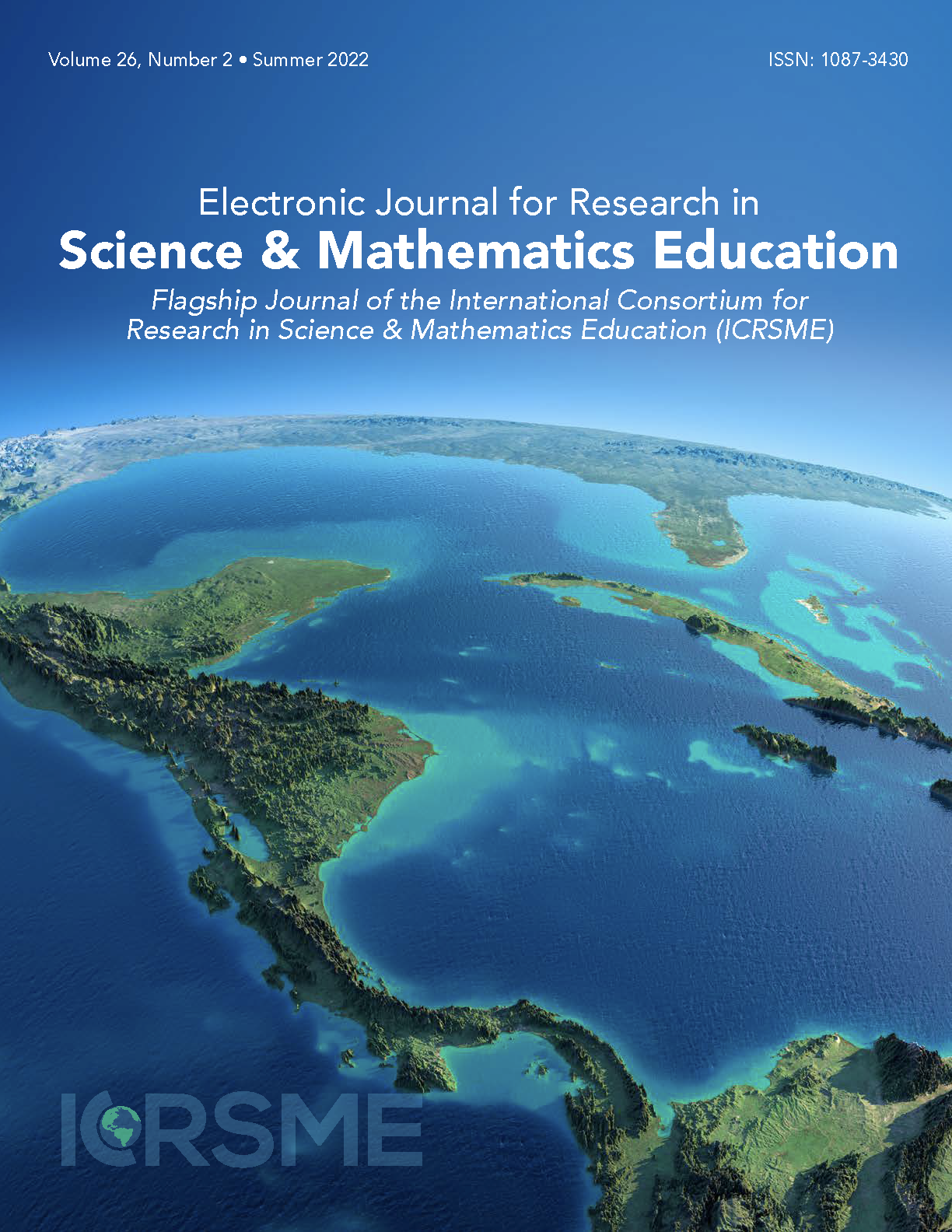Reasoning at the Intersection of Science and Mathematics in Elementary School A Systematic Literature Review
Main Article Content
Abstract
Despite efforts to integrate science and mathematics learning in elementary school through carefully designed activities, students’ cognitive processes remain relatively untapped as a possible place of intersection. We believe reasoning is a productive co-curricular concept that could lead to meaningful integration. We conducted a systematic literature review of empirical research published over the past 20 years on students’ reasoning in both science education and mathematics education. Articles were summarized and examined for their: (1) methodological approach and experimental design; (2) social dimension in the classroom; (3) definition of reasoning and associated structures; and, (4) evidence of students’ engagement in reasoning. For each theme, relationships between scientific and mathematical reasoning research were examined for the purposes of finding intersections and discrepancies between the two subject areas. As a result, we suggest the term, STEM reasoning, that embodies the core reasoning skills and thought processes across both subject areas as an authentic approach to integrating elementary school science and mathematics learning.
Article Details
© 2025 Electronic Journal for Research in Science & Mathematics Education (EJRSME)
